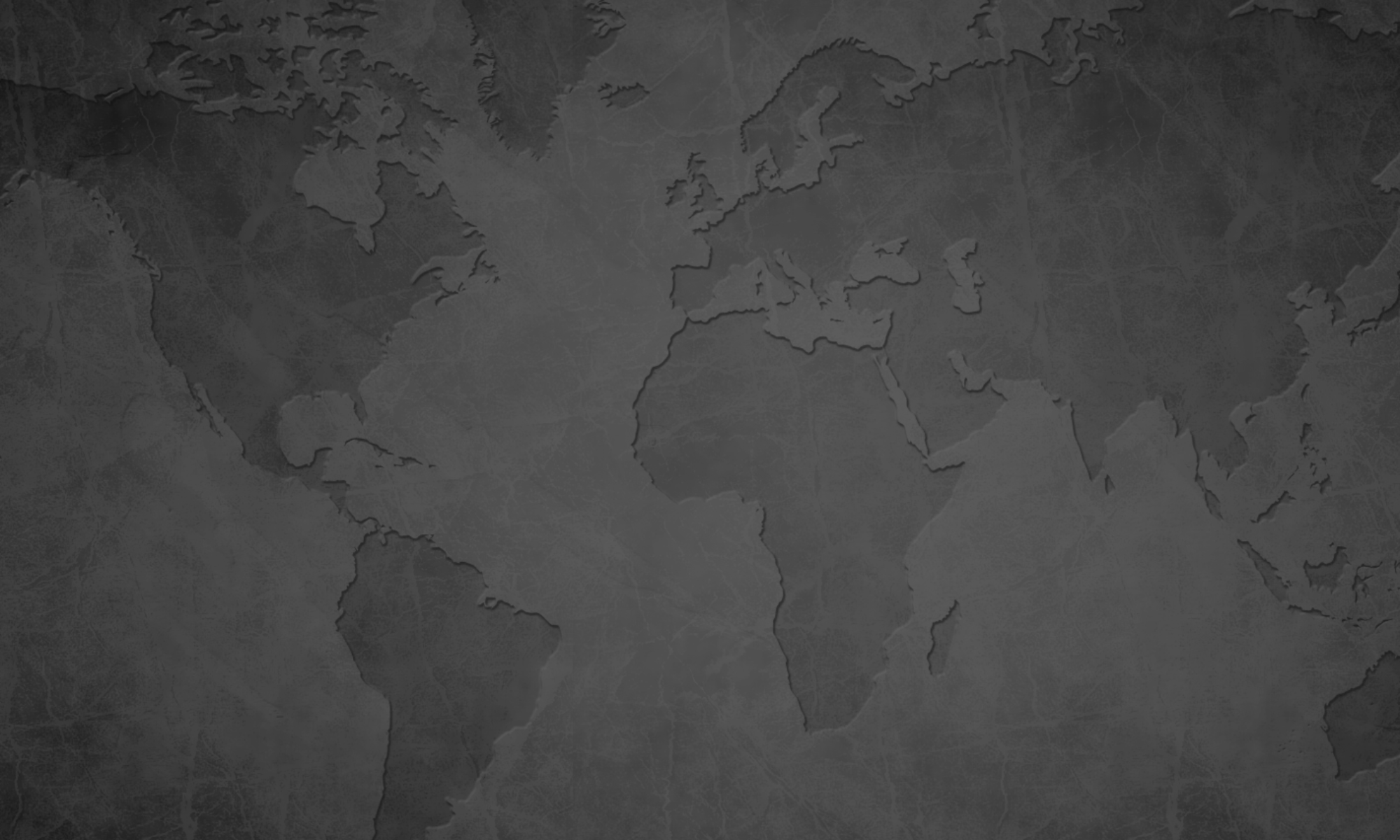Does your business target the Dutch-speaking market? Perhaps you have business partners based in Belgium or the Netherlands and you need your content to be available in Dutch? In that case you’ve come to the right place.
Find out more:
Language pairs
Areas
Quality & deadlines
Document types
File types
Determining the cost
Translation process
Language pairs
I translate into Dutch, my native language, from French and English.
In other words, Dutch is always going to be my target language while English and French are my source languages.
These are my language pairs:
- English > Dutch
- French > Dutch
Areas of specialization
I specialize in these areas:
If you have any other translation needs or are unsure, contact me.
Quality & deadlines
In order to arrive at a good translation, it is important to provide enough context and background information, e.g. documentation and glossaries.
It is also important to set a feasible deadline by taking into account the scope of the project.
A translator’s daily output typically ranges from 2500 to 3500 words, though this may vary depending on the translation’s complexity.
Keep in mind that the more urgent a high-volume translation, the less time there is to study the source text and review the translation.
Document types
Here are a few examples of documents I translate:
Articles, press releases, presentations, leaflets, reports, business correspondence, catalogs, user manuals, data sheets, newsletters, white papers, subtitles.
This list is by no means exhaustive.
File types
I can work with virtually any type of document. Here is a handful of examples:
.doc .docx .pptx .xlsx.odt .ods .odp .pdf .txt .rtf .html .xml .json .yaml .srt .sub
If you have any questions, do contact me.
A note on PDF files
Please try to provide a more easily editable original to prevent layout issues, e.g. a Word file. This will save time for both parties.
Factors determining the cost
The price of a translation is typically calculated based on the project’s total word count.
Rates may vary depending on these factors:
- Document type
- Sector
- Deadline and degree of urgency
- Degree of specialization
Find out more about my rates or request a free quote now to get an accurate price tailored to your project.
What is the translation process like?
The source files, along with any glossaries or research material you provided, are imported into a CAT tool which analyzes the files and converts them into translatable segments.
I then proceed to manually translate these segments from the source language into the target language, taking into account any guidelines you may have provided.
Upon completing the translation, the files are exported back to the same format as the source files, usually conserving the original layout. Once I’ve reviewed the translation, I send you the translated files.
If desired, I can provide you with a bilingual table or XLIFF file. This is a file containing the translated segments alongside the segmented source text, which can be useful for comparison and review.
Any questions?
Check out the FAQ.
More information about my rates.
You question is still left unanswered? Contact me!
